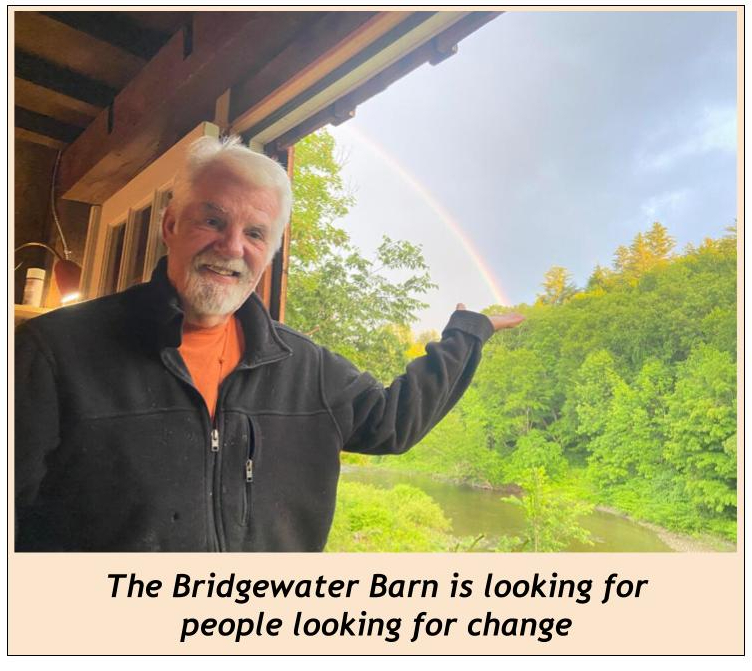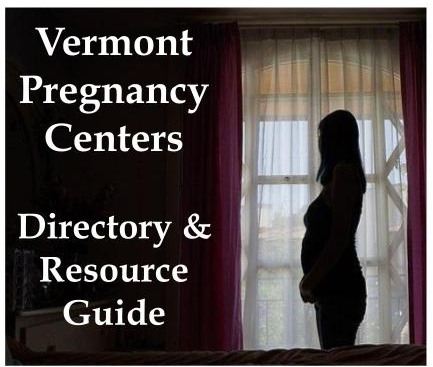
by Lauryn Katz, Vermont Community News
Vermont continues to see spikes in housing prices with the median home price rising 15% in 2022, according to the Vermont Housing Finance Agency. Communities and state officials alike have spent a lot of time discussing how the growth of short-term rentals in Vermont has contributed to the state’s housing crisis.
But Randolph’s Josh Hanford— Vermont’s commissioner of Housing and Community Development—thinks too much regulation on the rentals from the state could prove ineffective and that short-term rentals (such as those advertised on Airbnb.com) are only a small part of the housing problem. Instead, he thinks regulating short-term rentals is best done at the local level.
“Different communities have different problems they are trying to address with short-term rentals,” he said.
Many of Vermont’s shortterm rentals are in ski towns like Killington, which has one of the strongest regulations on short-term rentals, Hanford said. The town thrives on those types of properties and implemented regulations to help reduce environmental and safety concerns to keep tourism booming, he said.
In Burlington, on the other hand, some people may see regulation of short-term rentals as necessary to limit the possibility of property owners just renting to tourists when people in town are struggling to find a place.
Orange County has one of the lower percentages of short-term rentals in Vermont, accounting for just under 1% of the area’s homes.
“We’re advocating that before you propose some sort of regulation on short-term rentals, you ought to first know your local data, know what’s going on and make sure what you are going to propose as a regulation actually is going to have that outcome you want,” Hanford said.
But with short-term rentals accounting for only 3% of Vermont’s housing stock, Hanford believes regulators should turn their attention elsewhere.
“The solution is to encourage more housing development,” he said. Government incentives to promote building modest homes and requiring them to be sold to folks who want to actually live in them can help drive the costs of building down, he said.
Hanford pointed to another contributor to the housing crisis: Second homes account for 17% of Vermont’s housing stock, with many of those likely lying vacant for months at a time. All the attention can’t be directed at short-term rentals alone, he said.
Regulating short-term rentals may only be part of a solution, Hanford said, “but it’s not really the solution to our bigger affordable housing problems we have.”
Categories: Housing








And then there are those discriminated against by landlords for being “homeless” long-term despite paying out-of-pocket for over a year for the same motel room, somehow being deemed lacking in rental history.
Hello, the problem is not rentals. The problem is people from out of state can better afford to live here than we can.
https://vermontdailychronicle.com/vermont-1-in-vacant-homes/
Big issue in Arlington, and I suspect other Vermont towns, is that people buy up all the properties that might otherwise be rented to locals, and turned into Air B2Bs. This is a very dangerous trend that increases sale prices and removes long term rentals from the locals.
If I were well off to buy a second home in this state if just to use a couple weeks or months a year I Damn sure would let it sit empty before I rented it out. Contrary to what one may think Air B&B’s are not a giant money maker , nor is renting a single family house which most AirB&B’s are. In Order to even make it worthwhile to rent a single family house the rent needs to be 1% of the appraised value. So if a house is appraised at 300,000 do the math 3,000 a month
got to consider what vacation homes contribute to tax revenues in the towns they are located in compared to if they were occupied by permanent residents who send their kids to school there, plus the amount of consumer and services spending vacationers contribute to the local economy, all over a period that is often counted in decades. How many people who can’t find a place to buy or rent now are gong to move in to vacation places that aren’t fitted for winter but if they are, pretty darn expensive? A lot of Bermont’t so called problems start to look a bit thin once or if ( rarely) the politicos apply a little be of honest thinking to them.